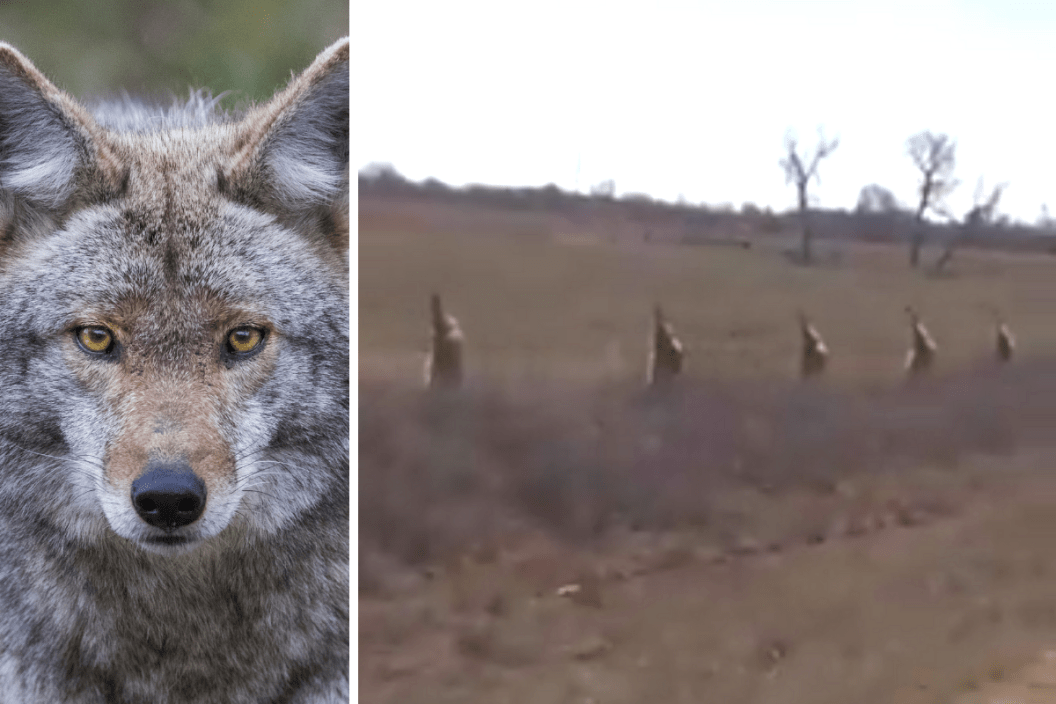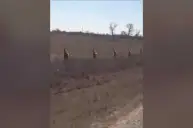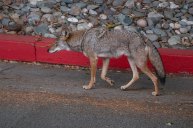Deceased coyotes hung on a stretch of fenceposts as far as the eye can see is an archaic ranchers' tradition. For the unknowing, this sight might be a bit unsettling, but coyote hanging is actually a long-standing ranching tradition that goes back to the mid-1900s.
There are several ideas as to why ranchers started this ancient custom: Some say the row of dead coyotes hanging on a line of fenceposts was to keep coyotes away and off their properties. Others say it's an old practice that farmers and ranchers used to warn others that predators are in the area (especially when the coyote population is high), and some say the practice of hanging coyote carcasses on fenceposts was a "proof of kill" for ranchers who paid a bounty for hunters to kill coyotes on their property.
Dead Coyote Fences
This practice of hanging dead coyotes on fences still happens today. In Texas and Oklahoma, some hunters and trappers still practice this archaic tradition; Some have also reported sightings of this old rancher custom in rural California and other small areas in the United States today, raising shock within animal rights activists and residents, as well as general public everywhere. Such a scene was just seen in 2019 on a wire fence on 26 Mile Road, which is 50 miles east of the famed Yosemite National Park.
However, this old superstition might have adopted a more practical use today: Hunters are hanging coyote pelts on fenceposts because they simply are not worth as much money as before. An overabundance of coyote pelts in the recent years have made their value drop significantly, leading hunters to hang them on fenceposts.




